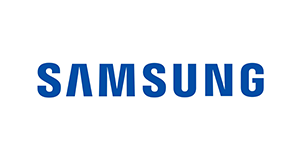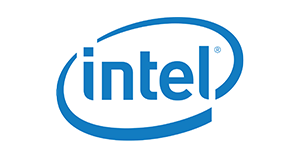Nvidia’s patent landscape provides a fascinating insight into the company’s strategic innovation trajectory and its dominance in the semiconductor industry. With 17,234 total patents, Nvidia has carved out a substantial intellectual property portfolio that underscores its commitment to advancing graphics processing technology and artificial intelligence applications.
The data shows a consistent increase in patent applications over the years, with a notable surge in 2021, where Nvidia applied for 1,878 patents. This uptick reflects an aggressive push in R&D, likely spurred by advancements in AI and the increasing demand for sophisticated GPU technology.
The high number of patent applications also indicates Nvidia’s ongoing efforts to maintain its competitive edge and assert its leadership in the market.
It’s also worth noting that of these patents, 4,933 are pending, suggesting that Nvidia is not only focused on protecting its current technologies but is also laying the groundwork for future innovations. Pending patents are indicative of new, potentially groundbreaking technologies that could further reinforce Nvidia’s position at the forefront of the AI revolution.
Geographically, the distribution of patent protection underscores the strategic importance of different markets for Nvidia. The United States, with 6,890 patents, is the clear leader, which is not surprising given that it’s home to Nvidia and a major hub for technological development.
China follows with 2,106 patents, which aligns with the country’s rapid growth as a major player in technology and its significant market for consumer electronics and computing hardware. Germany, Taiwan, and Great Britain also feature prominently, reflecting Nvidia’s global reach and its recognition of these regions as key players in the semiconductor and technology sectors.
Nvidia’s patents cover a range of technologies, but they are particularly strong in areas that are crucial for AI advancements. The company has developed specialized hardware, such as the Tensor Cores in their GPUs, which are designed to accelerate deep learning algorithms.
Nvidia’s investment in software is equally significant, with CUDA being a prime example of a software platform that allows for parallel processing, a key requirement for running AI applications efficiently.
Beyond their hardware and software patents, Nvidia has also focused on systems integration, developing comprehensive solutions that combine GPUs with other necessary computing components. This approach is evident in their SoC designs, which are increasingly used in mobile devices and for applications requiring high-performance computing in compact forms.
Nvidia’s influence extends into data centers, where GPUs are increasingly the hardware of choice for AI training and inference tasks. The company’s strategic patenting in this area ensures that it remains indispensable for companies relying on AI for their operations.



 Patent Portfolio
Patent Portfolio Patent Portfolio
Patent Portfolio



